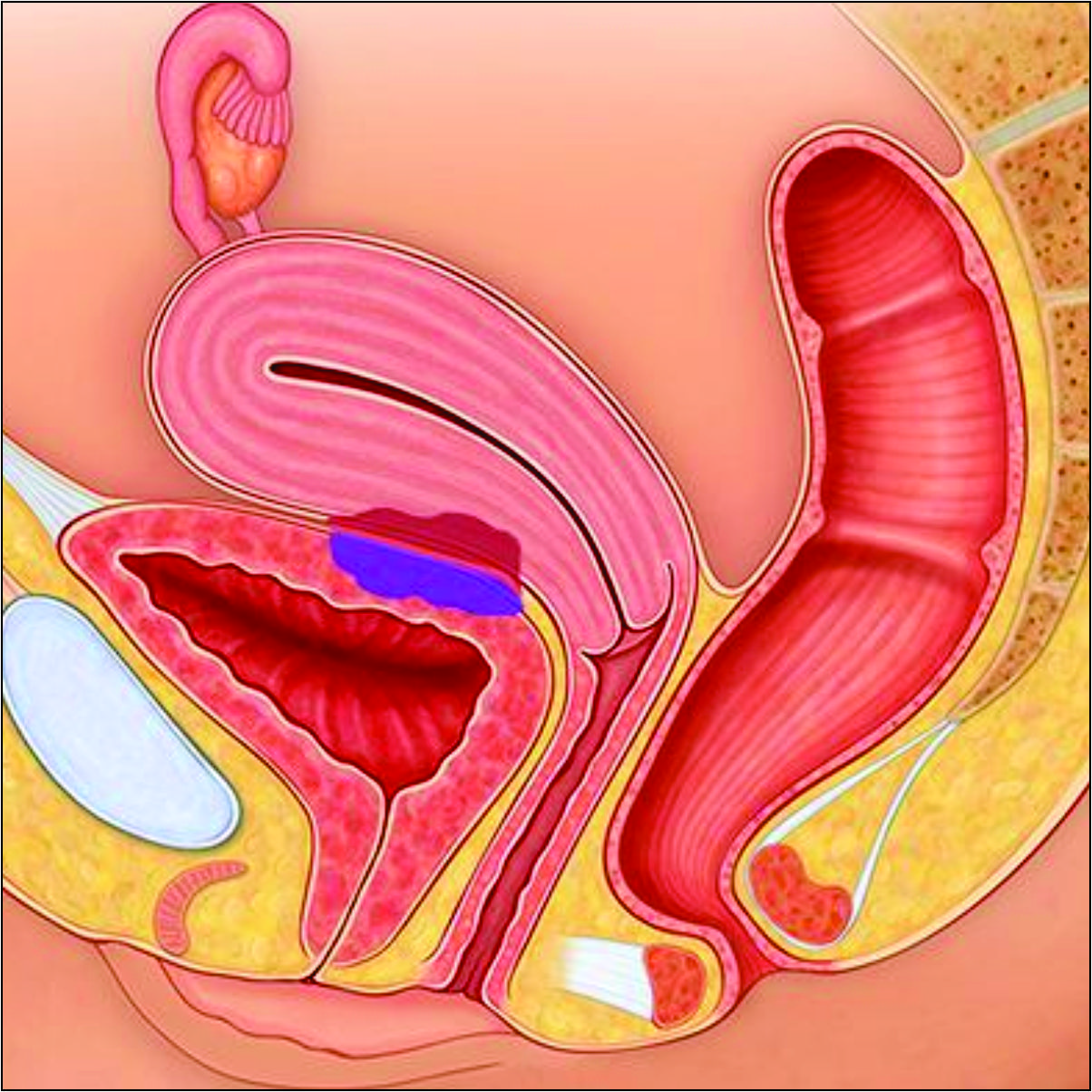Endometriosis
Endometriosis

Description
A condition where tissue that normally lines the uterus starts to protrude outside of it. The tissue that is associated with endometriosis can be found on the ovaries, fallopian tubes, or intestines. Menstrual irregularities and pain are the most typical symptoms. There are effective treatments available, including hormone therapy and excision surgery.
Endometriosis is most likely caused by retrograde menstrual flow. The fallopian tube allows some of the tissue lost during the menstrual cycle to enter other parts of the body, including the pelvis. genetic influences. Endometriosis may be inherited in the genes because it runs in families. Endometriosis is a condition in which fragments of the uterine lining (endometrium) or tissue that resembles endometrium grow on other pelvic organs outside of the uterus. Similar to ordinary endometrial tissue, the tissue swells and bleeds outside the uterus during menstrual periods.
Treatments
Your physician will ask you to describe your symptoms, including the location of your pain and when it occurs, in order to diagnose endometriosis and other conditions that can cause pelvic pain.
Pelvic exam
Your doctor will physically feel (palpate) various parts of your pelvis during a pelvic exam to check for any abnormalities, such as cysts on your reproductive organs or scars behind your uterus. Small endometriotic regions are frequently difficult to feel until they have resulted in the formation of a cyst.
imaging using magnetic resonance
An MRI is a test that produces finely detailed images of your body's organs and tissues using a magnetic field and radio waves. Some people find that an MRI aids in surgical planning by providing your surgeon with specific details regarding the location and size of endometrial implants.
Ultrasound
High-frequency sound waves are employed in this examination to produce images of the interior of your body. A tool known as a transducer is either placed against your abdomen or introduced into your vagina to acquire the images (transvaginal ultrasound)
Laparoscopy
The position, scope, and dimensions of the endometrial implants can be determined via a laparoscopy. For additional testing, your surgeon can extract a tissue sample (biopsy). In many cases, your surgeon can completely treat endometriosis during the laparoscopy so that you only need one surgery with careful surgical planning.
Other Services

What Our Patients Say
It is a clinic with committed and skilled gynaecologists that diagnose and treat patients’ gynaecological disorders.
Dr Brunda and her expertise made it possible for me to conceive naturally even after not having a Fallopian tube and after being strongly PCOD. Her guidance through out both my pregnancies enabled me to have a happy and a healthy pregnancy. Highly recommend her for high risk pregnancies.
Dr Brunda Channappa is very experienced and a highly professional doctor. I had very good experience because of the help and support I got during my two pregnancy consultation and delivery.


